Caran d’Ache still has a point in the digital age
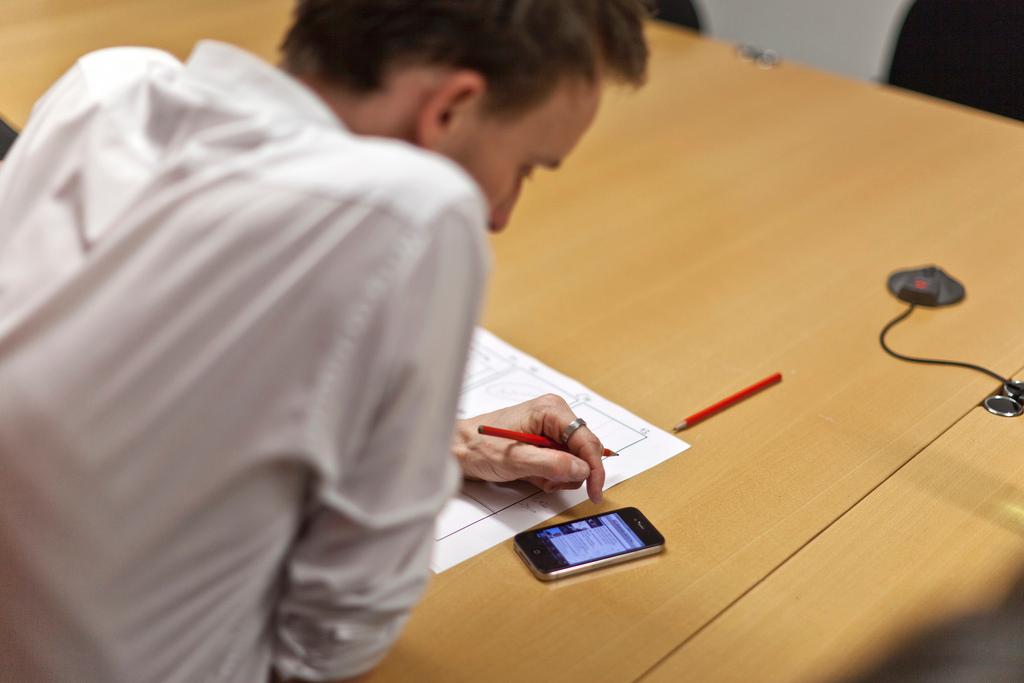
Every day, Caran d’Ache produces enough pencils to cover the distance from Geneva to Rome. But as the Swiss pen, pencil and pastel maker celebrates its 100th anniversary, how well-equipped is it for our increasingly digital lifestyle?
“Now that looks like something hastily grabbed from a colleague’s desk,” laughs Caran d’Ache President Carole Hubscher when I ask her what she thinks of my cheap red plastic pen.
It’s not that I’d given no thought to my choice of writing utensil. I had – an afterthought on the train to Geneva, where Caran d’AcheExternal link has been producing drawing and writing instruments since 1915. Since then, there’ve been incredible changes in how people communicate. Nevertheless, “I don’t know anybody who doesn’t have a pen or a pencil on them,” Hubscher says.
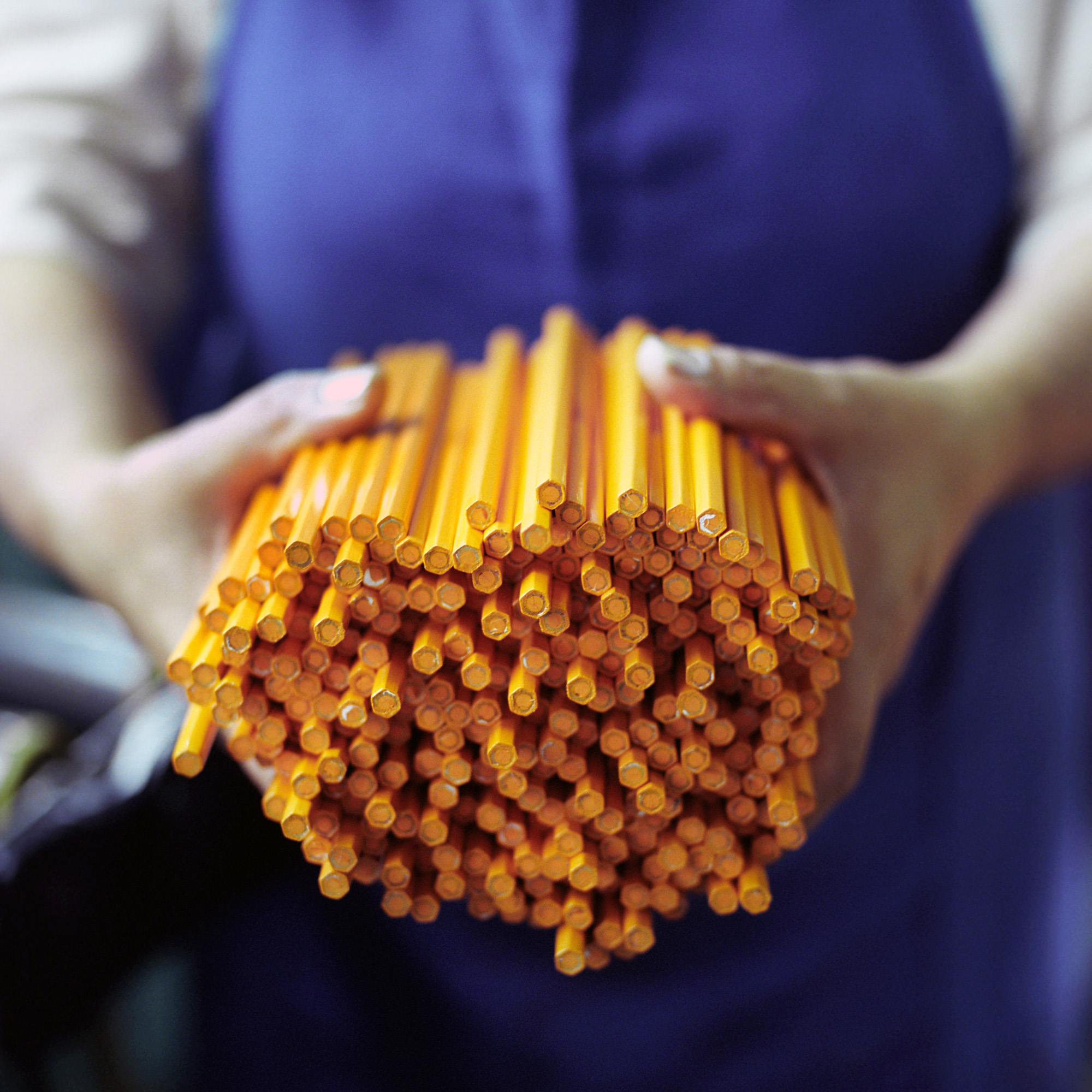
More
The winning draw
Some 280 people work at the factory in Thônex, a Geneva suburb grazing the French border. A giant red pencil stands watch outside the gate. Pencils were the first product manufactured by Caran d’Ache; now the collection includes ballpoint pens, fountain pens, crayons, pastels and other office and art supplies.
Inside, the workers get an early start – especially in summer to avoid the afternoon heat. Even at 9:30am, it’s already quite warm in the room where basic metal cylinders are being groomed for better things.
Pencil test
Oily machines shape the tiny pipes into hexagonal pen bodies. Later, these might be etched with diamond-bit drills or lasers – by hand or by computer – depending on the desired effect. Some receive a coating of enamel. Clips are attached, but only after passing a flexibility test. For the ballpoint pens, the ink has to pass the “100-metre test”, which I inadvertently interrupt by leaning too close to the machine. Luckily, the attendant just laughs.
In another part of the factory, we pass a bin of what looks like purple spaghetti – the remains of an experiment to create a new pencil colour. Once Caran d’Ache has committed to a shade, its reproduction is highly efficient. During swissinfo’s visit, they’re making a huge batch of lime green pencil lead – enough to last for years.
Post-purchase, the pencils themselves can also last for years, even after falling from a fifth-storey window. Hubscher – mother of three – puts a premium on durability as well as economy.
“Instead of buying a whole new box for back-to-school, you can replace just the missing colours or the ones that have been used a lot. You don’t throw things away at Caran d’Ache,” Hubscher says. Even more so for the more expensive writing instruments, which have a lifetime guarantee.
“When you have a fine writing pen that you’ve been using for many years, it’s important to know that you can send it here and have it serviced and cleaned – and that you can pass it on to the next generation,” Hubscher says. Every year, about 5,000 people take advantage of the repair service. Some of the pens are decades old.
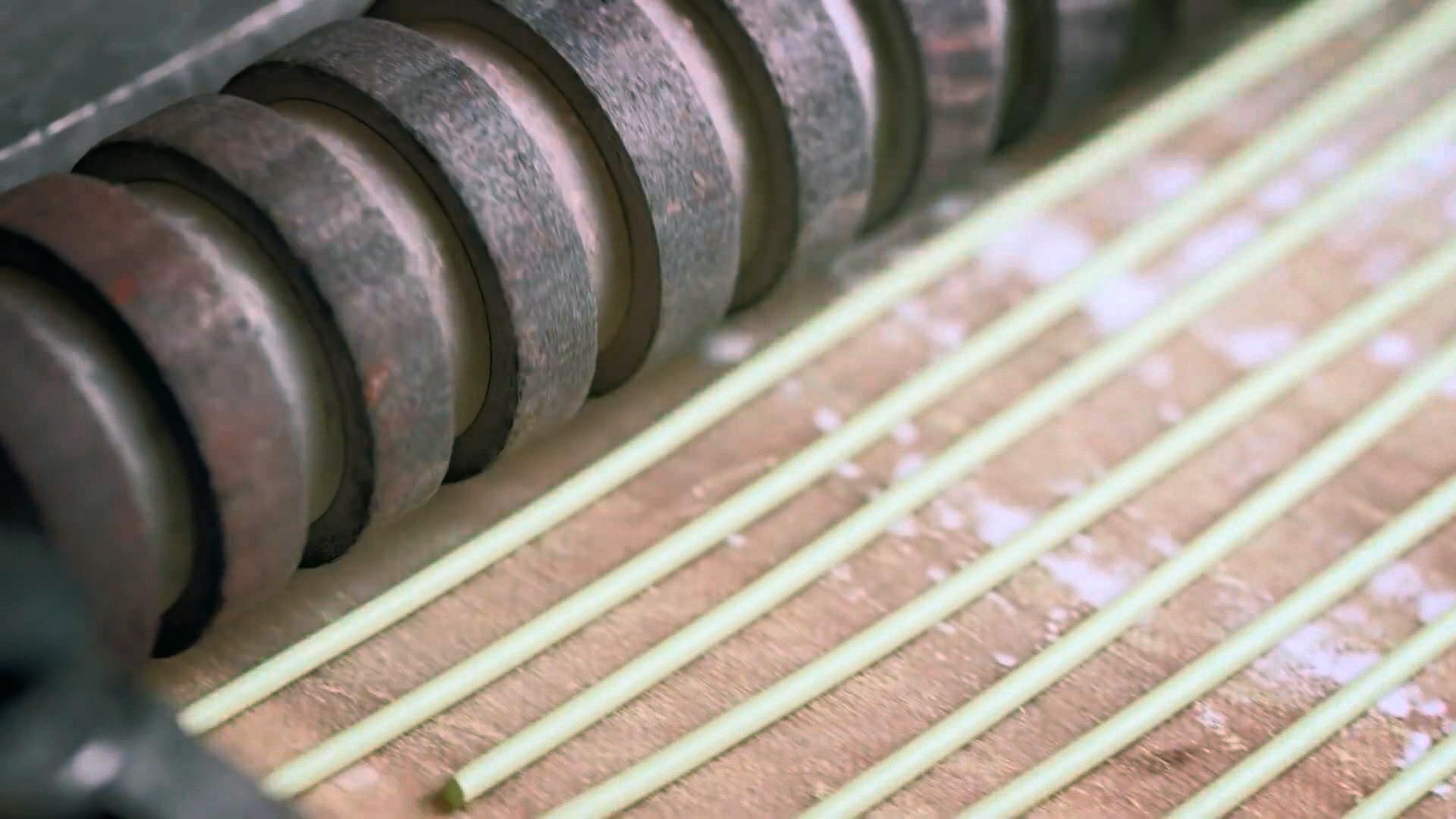
More
Behind the scenes at Caran d’Ache
More than child’s play
But isn’t pen-and-paper less important in this age of tablets and smartphones?
“Perhaps people write less by hand than they did before, but for those who still do, a writing tool is a must. It’s a joy to the hand and heart,” finds Zurich reporter and style guru Jeroen van Rooijen, adding that people choose their words more carefully when writing by hand.
Writing and drawing by hand is essential for children, says Denise Bassan, a psychomotor therapist in Bern.
“They should be able to use pencil and paper by the time they enter school,” says Bassan, who helps children aged 4-8 to improve their fine motor skills. “Some can’t dress themselves yet, let alone draw with coloured pencils.” This can become an academic problem. “If a child doesn’t learn to write properly, and has to concentrate on the physical act of taking notes, it can be difficult to absorb the material being taught.”
Oskar Jenni, director of the Child Development Center at University Children’s Hospital in Zurich, thinks children aged 2-8 still get plenty of drawing practice at daycare and at school – which is a good thing.
“It’s important that children learn to draw and write because it’s a process where you try to put your ideas and thoughts on paper. This is a complex process of thinking that is not easily done on electronic devices,” Jenni says, adding that children have an “intrinsic drive” to do this, even if it’s just a scribble using a stick on sand.
According to a study Jenni did recently, computer technology has not affected how children draw. He and his team compared children’s figure drawings from 1980 with those from 2010, and they couldn’t detect any differences in ability.

Professional scribblers
“As you can see, pencils are still very much in use,” smiles Robert Lzicar, gesturing at the student handiwork on display at Bern University of the Arts (BUA). He’s the head of the master’s programme in communication design – which involves a mix of freehand drafting and digital creation.
“Students don’t draw a line between analogue and virtual,” Lzicar notes. Instead, they combine whatever methods work best for them.
“I know a good poster designer who uses pencil for a draft, and then ink, and then he scans it and uses Photoshop for colouring because it’s faster and you get a mix of aesthetics. This is the time that we’re in at the moment,” Lzicar says.
Anselm Stalder, head of BUA’s fine arts department, agrees. “I don’t think there is a dualism between so-called old tools and digital technological tools at all,” says Stalder. Rather, artists are “guided by a strong desire to have a specific result, able to be confronted and discussed with a public audience. How we achieve this aim depends less on the tools and more on our attitude and our comprehension of ‘state of the arts’ in our profession.”
Lzicar thinks the electronic pencil was a great invention for graphic designers.
“Before, you always had a mouse and you had to click, but the connection between your hand and your mind is totally different. Then came this pad, which is getting better and better,” says Lzicar of the tablet and stylus sets.
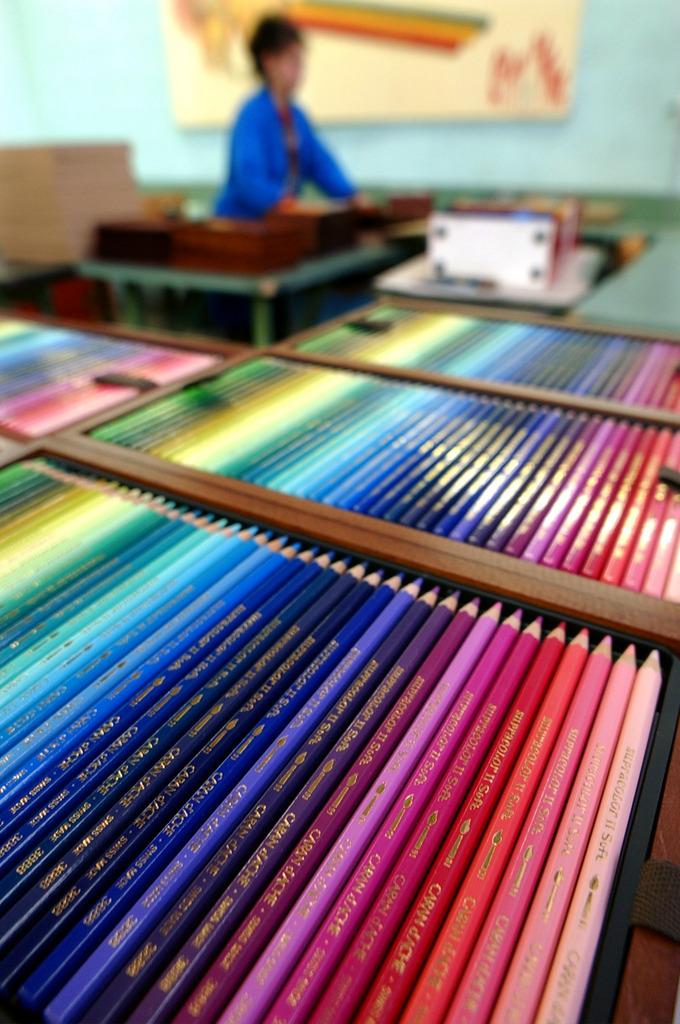
More
Something to write home about
Writing on the wall?
It’s hard to predict how Caran d’Ache will fare over the next century. As a private company, it doesn’t publish any sales figures. Hubscher demurs when asked what innovations are planned, though she mentions that one pen – the RNX.316 – is also designed to serve as a stylus on tablets or smartphones.
Still, she doesn’t seem worried that people will ever abandon handwriting.
“I’m convinced that people will use pens and pencils all the time; they will continue to create. I think there’s a part of human beings that says ‘Now I want to take some time off from these machines and do it myself’,” Hubscher says.
Style reporter van Rooijen can also imagine a backlash to the digital age. “I expect that someday, today’s downright digitally-addicted people will grow weary of screens and virtual pleasures and rediscover analogue, non-digital and tactile joys. Initially, writing by hand will become rarer, but it won’t lose its aura. It will have another Renaissance.”

More
Something to write home about

In compliance with the JTI standards
More: SWI swissinfo.ch certified by the Journalism Trust Initiative

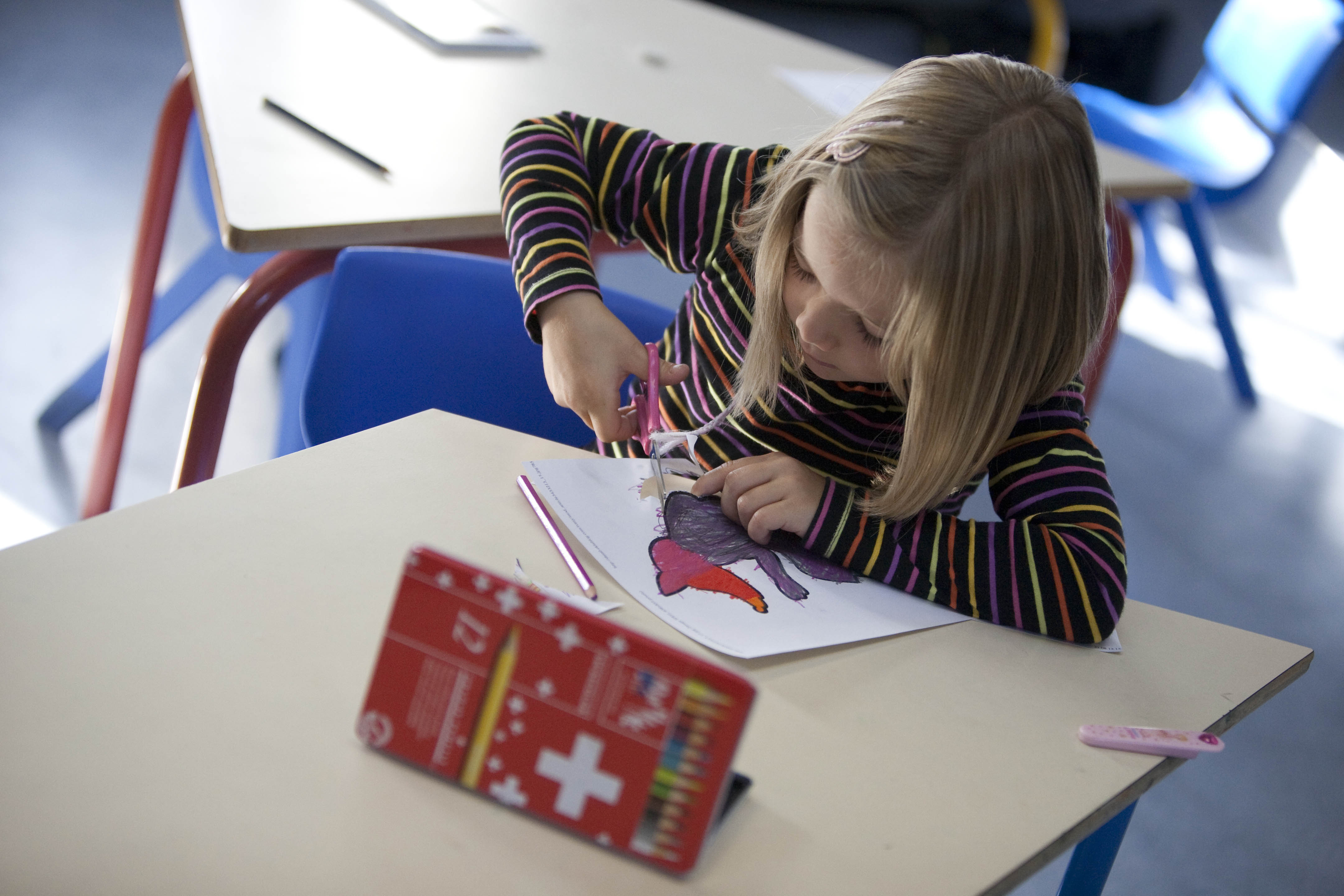
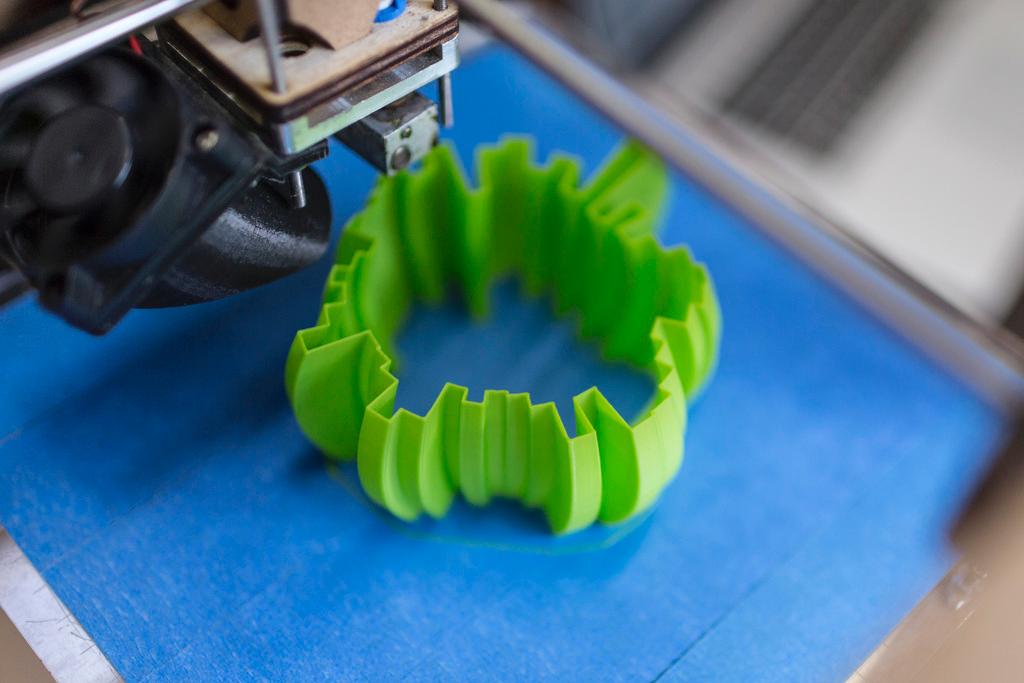
You can find an overview of ongoing debates with our journalists here. Please join us!
If you want to start a conversation about a topic raised in this article or want to report factual errors, email us at english@swissinfo.ch.